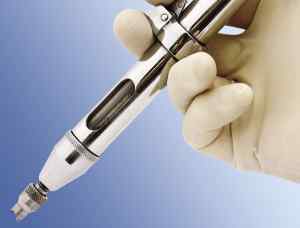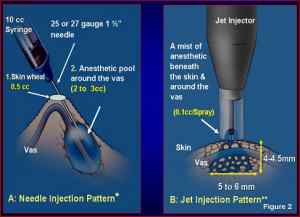Vasectomy is one of the most common methods of male contraception in Minnesota, and is popular due to its efficacy and permanence. It was estimated that 15%, or about 50 million men had vasectomy procedures done in the United States. The first mention of an association between vasectomy and prostate cancer were in the late 1980s, where a study showed a positive link between vasectomy and risk in developing prostate cancer. Further studies throughout the years since then have been contradictory or inconclusive as to whether or not vasectomies actually increase the risk of prostate cancer.
For the most part, prostate cancer is nothing to fear for men considering a vasectomy. A recent 2015 meta-analysis of 9 different cohort studies was statistically analyzed in order to determine if a possible correlation between vasectomies and prostate cancer. The study concluded that there was no evidence that vasectomy increased the risk of prostate cancer. While there was slight positive correlation, it was deemed not statistically significant. Furthermore, correlation does not equate causation- there is no reason why vasectomy would actually cause prostate cancer. There is no proven biological mechanism that relates these two together.
There are many reasons why early studies may have shown a correlation between the two; for an example, men who have had a vasectomy were more likely to have tests for prostate cancer under a urologist. Also, prostate cancer diagnoses in general have risen in recent decades in part due to an aging population and better testing methods. Most authorities, like the National Cancer institute and the American Urological Association, agree that vasectomy does not increase the risk of developing prostate cancer.
Regardless, the decision to get a vasectomy is not one to be made lightly. It is an important family planning decision and permanent as well- vasectomy reversals are becoming more and more easily attainable but they are still expensive compared to a vasectomy and are not guaranteed to work, especially if the vasectomy was done a long time ago. Please take the time to decide whether a vasectomy something that you really want.











 NSVI group after lectures at Southwestern University[/caption]
NSVI group after lectures at Southwestern University[/caption]








